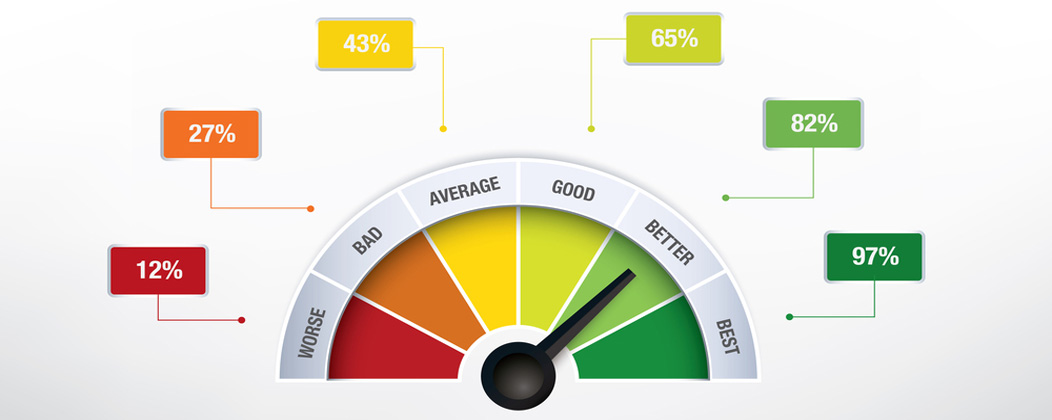No matter how amazing your website looks like, if your web page is not quickly loaded then you are bound to lose potential customer base or website traffic. Fast loading websites have an edge when it comes to search engine rankings. Search engine web crawlers regularly keep a check on websites page load speed and mark websites that are slow in loading or have flaws in the loading. Therefore a fast loading time can be a key component in boosting your website ranking. According to a recent survey, around 50% people are likely to abandon a website if it takes more than 3 seconds to load. An additional second can cause a further decrease in website ranking and more traffic. So the main question that comes to website owners is how to increase website speed and maximize its traffic? Below are some of the key techniques that you can follow to significantly increase your website speed to between 0-3 seconds.
Get the Basics Right
There are certain basics which most website owners or designers forget or not pay attention. One of the key performance rules is to make your webpage design simple with content combined with rich components like compressed images and text. Keeping simple design doesn’t mean that you cannot keep rich content like video, audio or animation on your website but instead, you need to combine images into CSS sprites. The key thing is to optimize your website so that multiple images, videos and animation doesn’t cause slow loading of the page. You can also look for quality optimization by taking online SEO services from renowned company to help optimize your page. CSS sprites help in downloading the resources quickly, request overhead and improve a total number of bytes per page downloads.

Enable compression on your website
Another key technique to help optimize your webpage is by using compression algorithms to design your website. You need to create a consistent code either HTML or CSS and try to optimize web content by using popular compression algorithms such as GZIP or deflate so that lower number of page is sent over the internet while clients or customer access the webpage. During the process, actual size reduces and this improves the page speed to help it perform effectively.
Spread your static content with CDNs
Location of the user can also have an impact on page load speed. Spreading your web content across servers will help in speeding up the complete process. One can also make use of CDN (Content Delivery Network). CDN is a collection of servers around the world. It helps in sending files quickly and shrinks the file size. Cache files of static content are kept in locations which are close to the user. CDN is a simple logic in the code but accessing this service could be little expensive however once it is accessed, it immensely helps improves website speed.
Enable keep-alive response headers in HTML Code
The keep-alive trick is a code change in your HTML page that helps in keeping the connection between servers in an open state. This way connection stays in established state whenever a request comes. This way network doesn’t block the connection but keeps it open so that new request doesn’t get dropped. It can be enhanced by tweaking your Apache HTTP webpage code logic.
Conclusion
Are you looking to improve your web page speed? Now is the time to hire online SEO services from Platinum SEO services and get ahead in the competition. Sacrificing site speed will only impact your website traffic so don’t delay and check out SEO services available with the company which can tremendously help to improve website performance.